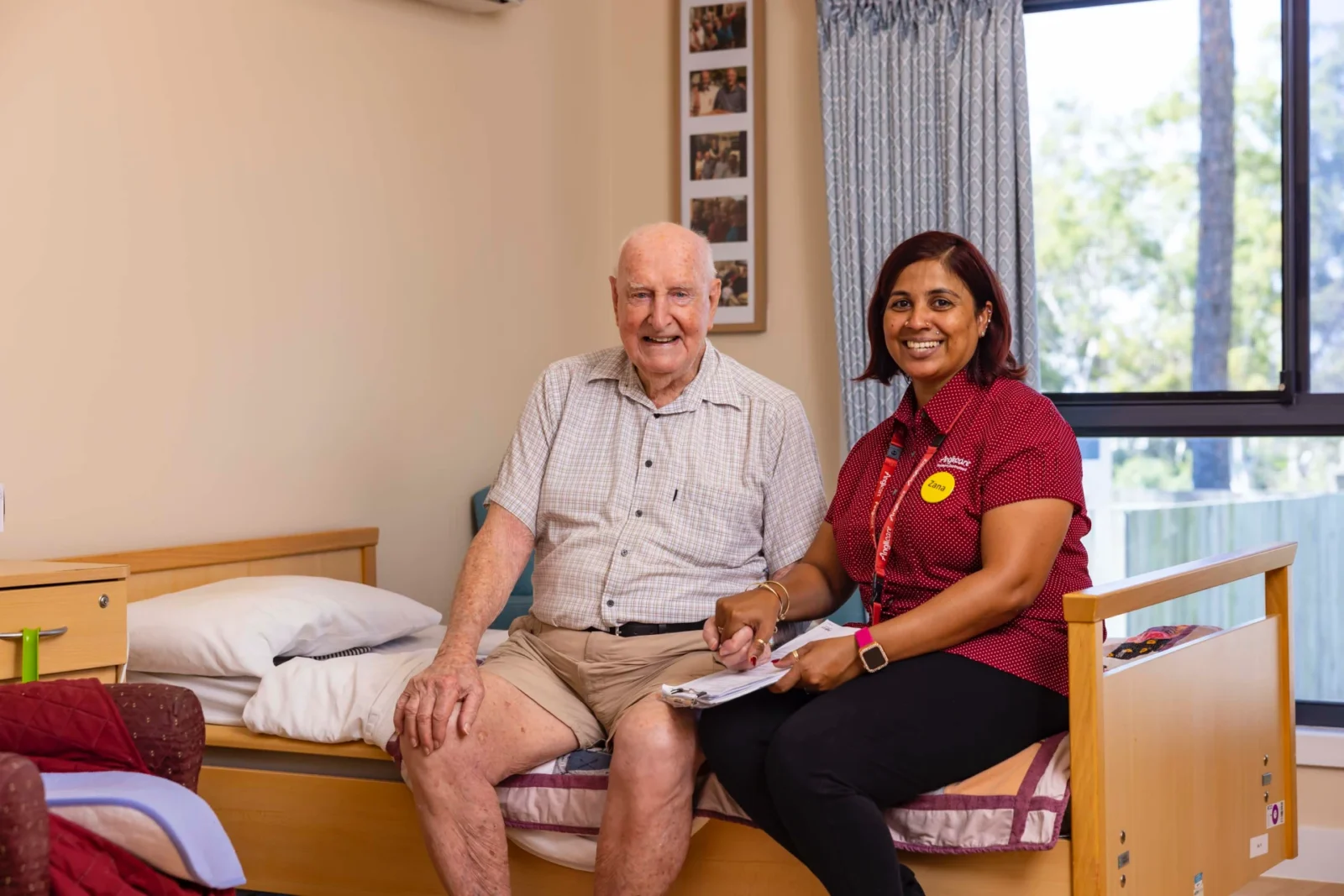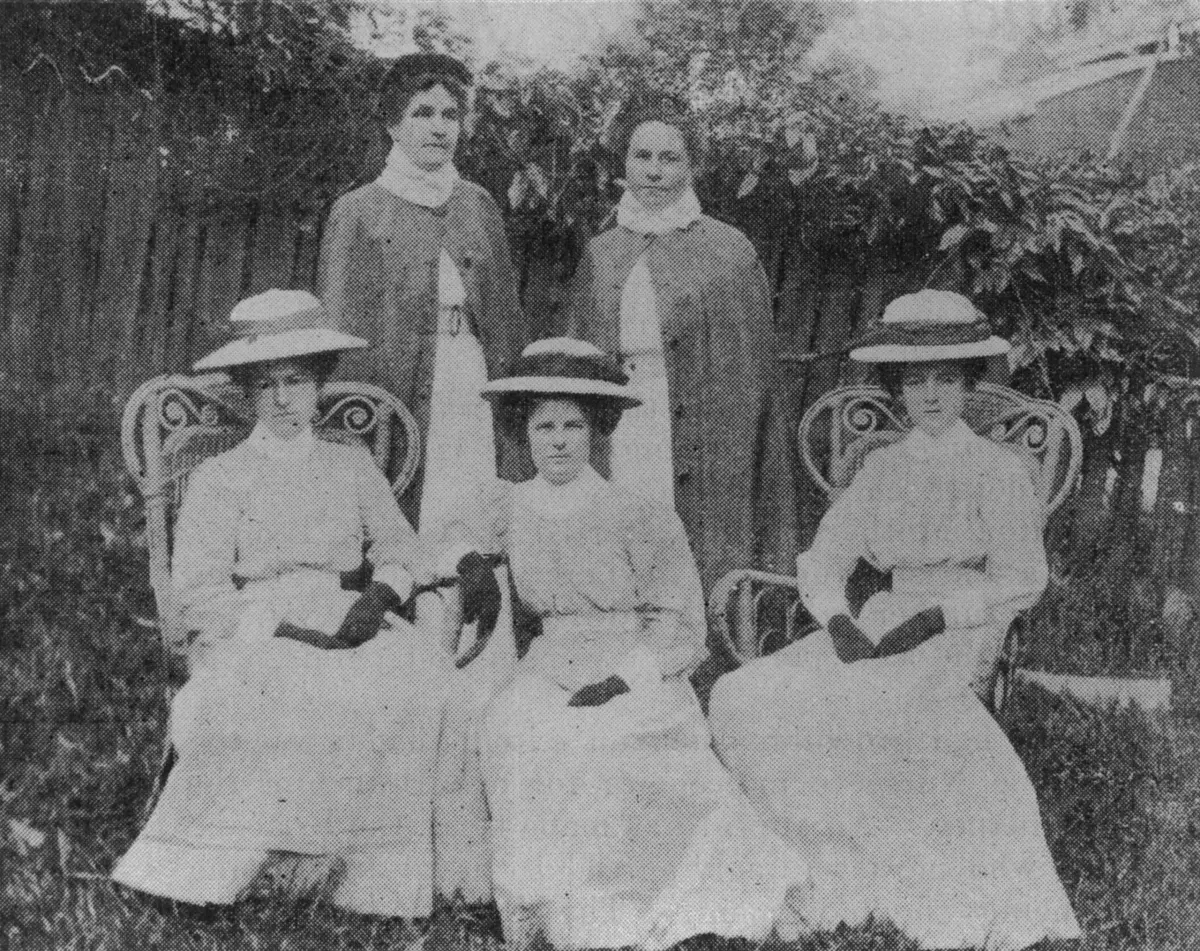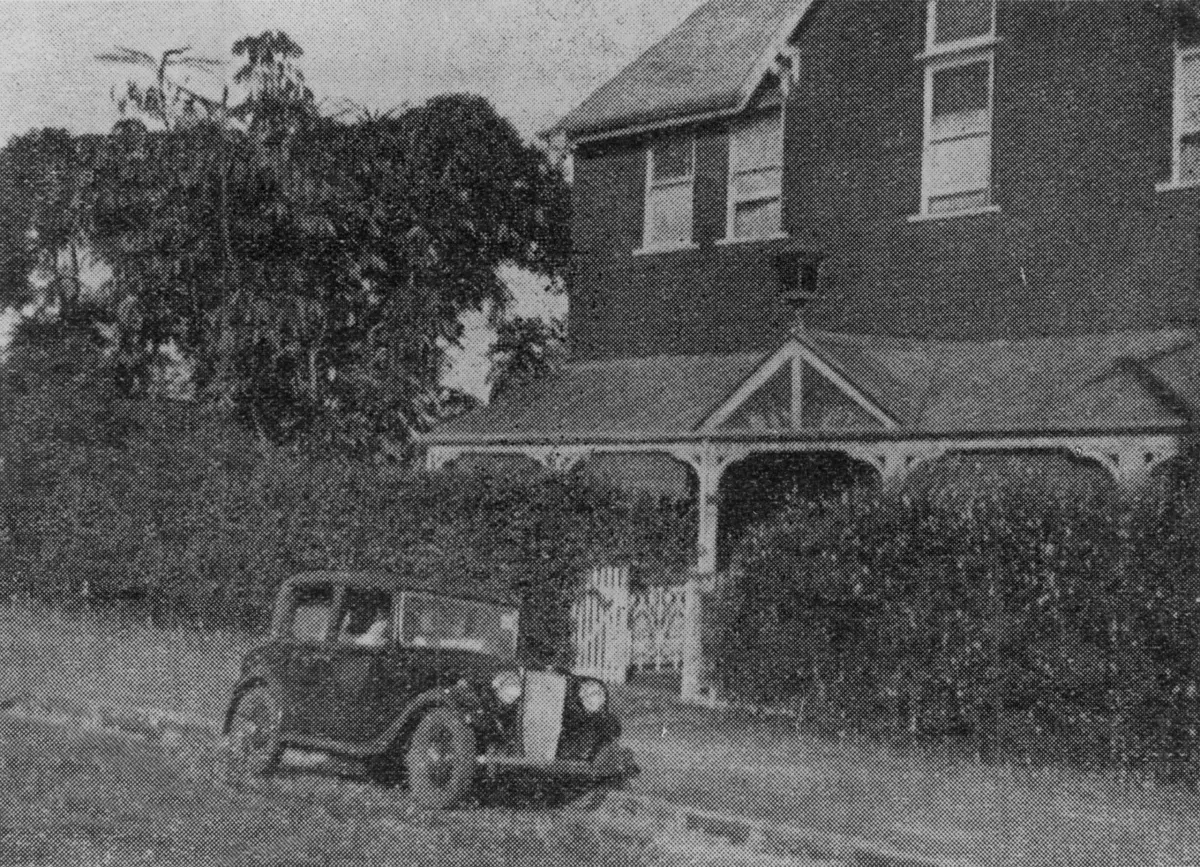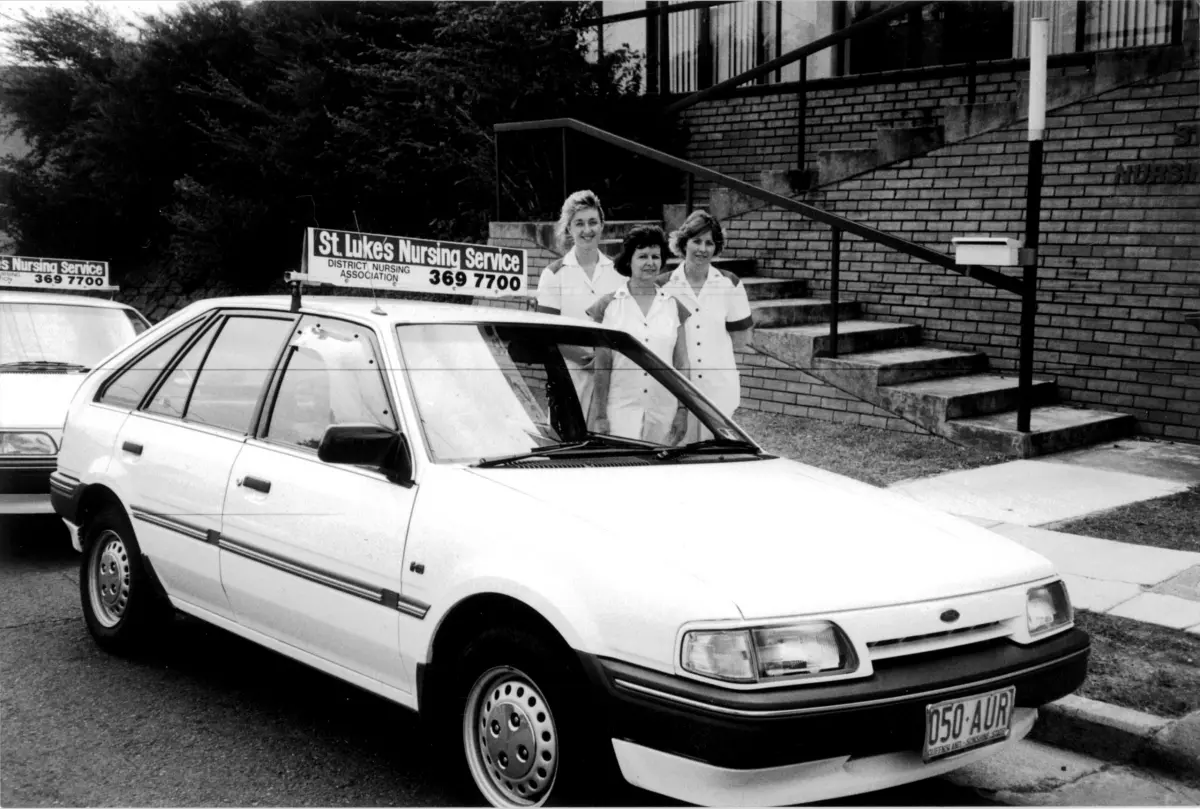
A legacy of care and compassion since 1870
What began in 1870 as a small women’s refuge has grown into a lifeline for thousands, setting the foundation for services that have since shaped community welfare in Queensland. Over the decades, Anglicare has pioneered in-home nursing, aged care, youth and family support, and homelessness services, constantly adapting to meet the changing needs of society.
From the Spanish flu pandemic in 1919 to World War II hardships, from AIDS support in the 1980s to the COVID-19 pandemic, Anglicare has stood strong through every challenge – helping individuals and families navigate life’s most difficult moments with care and dignity.
Today, more than 3,500 staff and more than 600 volunteers provide care for over 40,000 Queenslanders every year, offering support through aged care, youth and family services, counselling, and homelessness outreach.
No matter how much Queensland changes, our mission remains the same – to be there for you and your loved ones, always.
The Anglicare timeline
Our story is a journey of compassion, resilience, and social impact, from 1870 to today.

1870 to 1900: Pioneering community support
At a time when women and children in crisis had little support, five courageous women – Mrs Ann Drew, Mrs Coley, Mrs Suter, Mrs Turner, and Mrs Stanley – established the Brisbane Female and Infants Refuge in 1870. Thanks to an anonymous £50 donation, they secured a building in Ann Street, Brisbane, providing a safe place for vulnerable women and children.
Determined to keep the refuge running, Mrs Drew personally fundraised, securing government and community donations. Within a decade, the home was self-sufficient, providing not only shelter but also skills training for women, helping them gain employment and financial independence.
By the 1890s, the need for specialist children’s care became apparent. In 1893, the Anglican Church founded Tufnell Home for Children, initially training young girls in domestic work before evolving into an orphanage. That same year, St Mary’s Home was established to support homeless women and children, expanding Queensland’s early social care network.

1901 to 1932: Expanding community health and aged care
As Queensland’s population grew, so did the demand for in-home healthcare, especially for mothers and newborns. In 1904, Emma Jane Packer was appointed as Queensland’s first district nurse, travelling by bicycle to deliver life-saving medical care, hygiene education, and child-rearing support to struggling families.
By 1909, demand was so high that the Mothers’ Union District Nursing Association was formally established, later evolving into St Luke’s Nursing Service. The service played a vital role in reducing infant mortality and preventing disease, earning its reputation as a cornerstone of Queensland’s healthcare system.
The 1930s also saw a growing need for aged care. In 1932, St John’s Home for Aged Men was established in Brookfield, offering a self-sustaining community where elderly men could live in dignity and independence.

1933 to 1965: Overcoming hardship and expanding aged care
The Great Depression and World War II created unprecedented hardship, yet the District Nursing Association continued providing care despite staff shortages and limited resources. In 1935, the service purchased its first car, allowing nurses to increase home visits and improve community outreach.
By the 1960s, demand for aged care services was soaring. In 1961, Symes Thorpe Home for the Aged opened in Toowoomba, followed by E.M. Tooth Memorial Home in Manly (1963), offering compassionate, long-term residential care for Queensland’s elderly population.

1966 to 1999: Growth, innovation, and social impact
The late 1960s saw major reforms, including the official affiliation of St Luke’s Nursing Service with the Anglican Church (1968). In 1976, the Board of Diocesan Mission and Service was created to oversee aged care, children’s services, emergency relief, and support for single mothers.
By 1992, all programs were unified under the Anglicare name, creating Queensland’s most comprehensive social welfare organisation. Throughout the 1980s and 90s, Anglicare also led specialist support initiatives, including care for people living with HIV/AIDS and programs for at-risk youth and families.

2000 to today: A future of compassionate care
From uniting services under Spiritus (2005) to rebranding as Anglicare Southern Queensland (2012), the organisation has continued to innovate and expand. Today, Anglicare supports over 40,000 Queenslanders every year, delivering aged care, youth and family support, counselling services, and homelessness outreach.
No matter what the future holds, we’ll be here for you and your loved ones – always.
We’re here for you.
Want to get in touch? We’re here to help answer your questions about our services or general information about Anglicare.